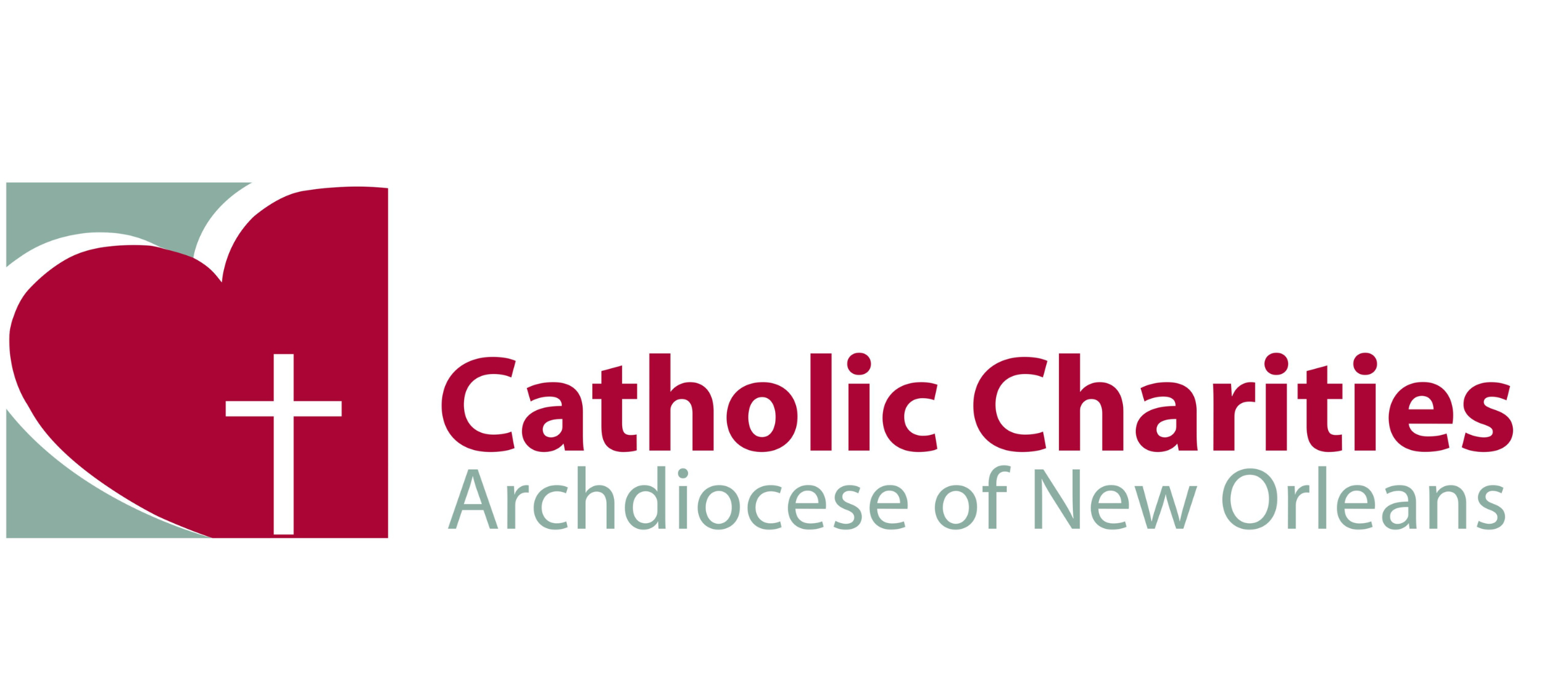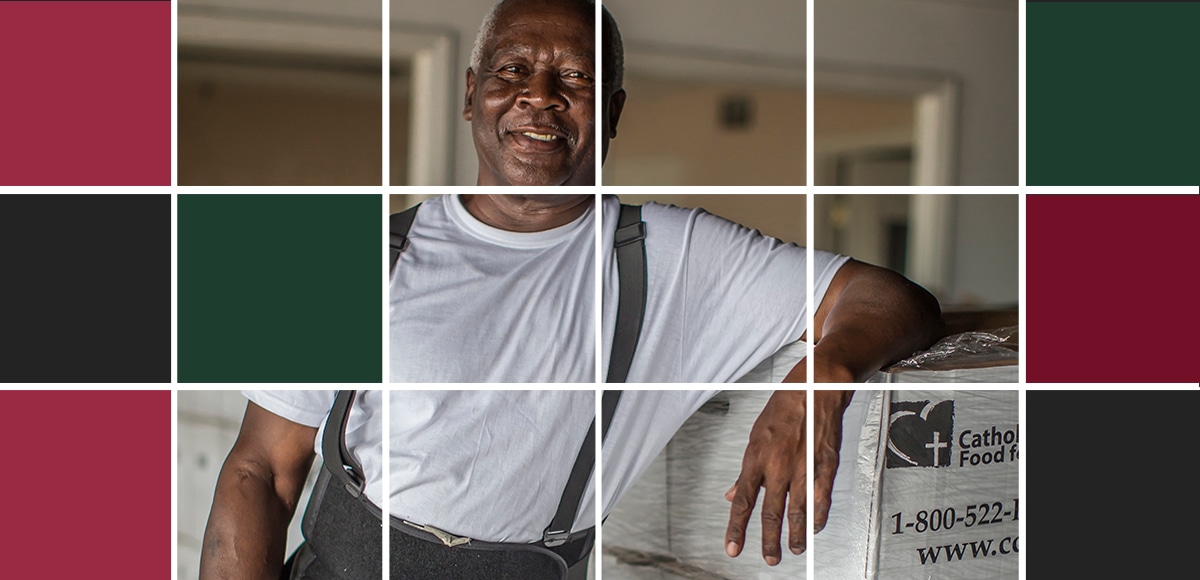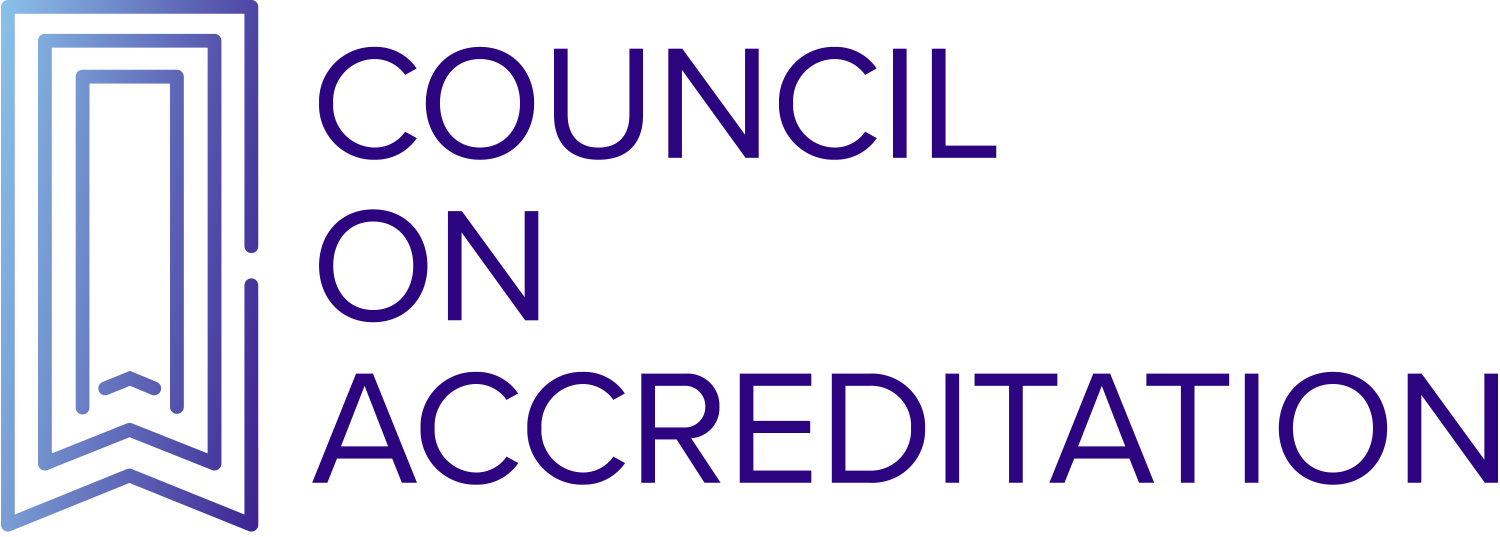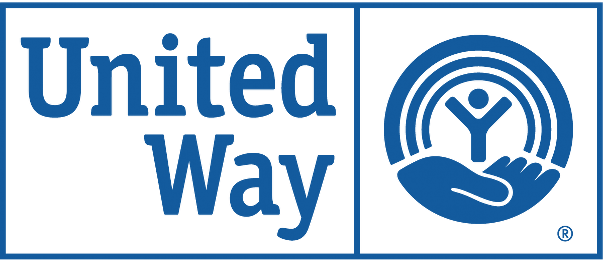The first 72 hours after release from prison are critical to adjusting to life on the outside
November 21, 2017 – Gwen McClure
For 10 years Kaven Donald submitted biannual applications to his parole board. For 10 years they were denied. Finally in 2011 he was granted parole and a year later, at midnight on December 13, 2012, he walked away from Louisiana State Penitentiary. He had been in prison for 32 years.
His three daughters were waiting to greet him. They took him to his eldest daughter’s house and even after she went to bed all Donald wanted to do was sit outside. In prison there is no such thing as being outside after dark.
In the morning Donald’s daughter took him to the parole office and sat with him until she had to go to work. Then one of his younger daughters joined him until it was time to pick up her child. For some time after being released, if Donald went somewhere, it was with one of his daughters or someone from Catholic Charities Archdiocese of New Orleans (CCANO), which helps people coming out of prison ease through the abrupt transition. If no one came to get him, he stayed put in his daughter’s house.
“That first year or so I was more or less hand held through everything I had to do to acclimate myself to society,” he says.
When parolees like Donald leave the physical constraints of prison, they don’t walk away with unconditional freedom. On all fronts, the outcomes for former prisoners are poor because they often don’t receive the support and resources needed to transition back into society. Nearly half of federal offenders are rearrested within eight years of leaving prison. Former inmates face a high risk of death, especially in the first two weeks following their release. For the last decade experts have looked at the first 72 hours after release as critical in the reentry process: Parolees need help finding housing, counseling, medical attention, and work. Without these basic needs, parolees are essentially set up to fail.
“First you survive,” Donald says. “Then you can live a little bit.”
Donald is one of the millions of people across the United States to have served time in prison. In 2015, the latest year full data was released, there were over 1.5 million people in federal and state correctional facilities. He’s also one of many to be released: Each year, approximately 650,000 people are released from prison, meaning that of those inmates in federal and state correctional facilities, most will eventually return to their communities. In all cases, no matter the length of the sentence, people’s lives are disrupted, and they have to rebuild from the ground up.
“The thing about reentry is that it’s really about someone constructing a whole life for themselves,” says Ann Jacobs, director of Prisoner Reentry Institute at John Jay College of Criminal Justice.
Bit by bit Donald reconstructed his life. He practiced for his driver’s license and started volunteering at a local prison parish with at-risk youth in lieu of paying his parole fees. He got a position with CCANO to earn a stipend and begin to build a resume.
Smoothing the path
After Hurricane Katrina ripped through New Orleans, former civil rights activist Ronnie Moore came out of retirement to help his city. Through his work with CCANO, he and colleagues began to discuss mass incarceration and the problems associated with reentry. A decade later, he runs a Catholic Charities program called Re-Entry 72 alongside his colleague Reverend Leo Jackson.
“The concept of Re-Entry 72 is that we’d meet them at the gate,” he says.
For them, meeting people at the gate can be literal; although when possible they try to conserve resources by asking the prisons to provide transportation directly to CCANO. It’s also figurative: Moore works to get ex-offenders immediately into part-time, short-term work; makes sure they have a place to stay, identification, and social security numbers; and assesses their health care needs. He has also developed an AmeriCorps-like program that places former inmates in service-oriented jobs.
Programs like this are crucial in serving the needs of people leaving prison. State to state there is little to no continuity in the way the reentry process works. In some states, like Louisiana, prisoners must show they have an address to go to when they are released. (In Louisiana, which has the most prisoners per capita in the United States and where the population dropped by nearly 30 percent between 2000 and 2010, this poses a specific challenge.)
So-called gate money, which is the nominal sum newly freed people receive when leaving prison, also varies from state to state. In California parolees receive $200. In New York State it’s a minimum of $40—which the person begins to save for a year before their release—and a bus ticket to the closest station in the county in which they were convicted. In South Dakota people leave with a minimum of $50. If they have less in their personal account, the state makes up the difference; however, anyone who was previously released and received money from the state the first time will not be granted a second round of gate money, meaning some people leave with nothing.
The wages prisoners earn while working behind bars are also not enough to set them up for success upon release.
Donald was transferred to the Louisiana State Penitentiary, known as Angola, early in his sentence. The penitentiary has been around in some form since 1835, but it wasn’t until 1880 that it came to be called Angola. Confederate Major Samuel James, who had leased the contract for the prison since 1869, purchased a plot of land—a plantation. The plantation was named after the West African country where most of the slaves who had worked that plantation originally came from. It is not a secret, nor a point of controversy, that Angola used prisoners as legal slave labor until the state acquired the lease again in 1901.
During the first several years of Donald’s sentence he recalls working in the fields, chopping corn, cutting sugar cane, picking cotton—and earning two cents an hour to do so. One penny went into prisoners’ commissaries and the other was put into savings accounts for when they were eventually released.
If a wage of two cents per hour seems unbelievable, consider that today Louisiana pays prisoners a dollar an hour at most and as little as four cents an hour. And Louisiana doesn’t rank in the bottom 10 percent when it comes to prison pay. There are some states that do not require inmates to be paid at all for their labor. All this means it is nearly impossible for prisoners to save any substantial sum of money for their release.
Mentally prepared
By the time Charles Anderson left prison at the end of April 2017, he was more than ready. He’d served nine years of a 10-year sentence, earned multiple associate degrees and a business certificate, and learned to write computer code by hand since he didn’t have access to a computer. For nearly three years he’d known when he was going to get out, and in the last year he practiced visualizing himself outside of prison. He’d picture himself with his family, in an office, walking around in a suit. He even started to reintroduce himself to other inmates—people he had known for years—around the prison.
“In there you’re always called by your moniker or nickname,” he says. “I’d be like, ‘Hi, I’m Charles Anderson, and I’m a software engineer.’ ”
He didn’t even mind the looks he got from his fellow inmates because in his mind he was already on the way out.
“I was not an inmate or criminal anymore,” he says.
The morning of his release the prison guards called Anderson and the two other men who were released alongside him that day.
“I kept thinking they were going to tell me they made a mistake,” he says.
They didn’t, though, and he walked through the gates with the two others.
“All of us just looked at each other and said, ‘Man, it even smells different.’ ”
Anderson’s brother—the person who inspired him to change his outlook on life, stop using drugs, and begin school—was there to meet him alongside Anderson’s son and girlfriend. After an emotional family greeting, they got in the car and drove away. One of the men released alongside him was headed toward a northbound bus. He told Anderson he wouldn’t get to his destination until two in the morning.
“It made me really grateful I had somebody,” Anderson says.
He spent the first few hours catching up with his family and picking out new clothing and shoes from an outlet. Interactions in the mall weren’t like in prison, where inmates respected each other’s space and didn’t stand too close. Here, people pushed past him and brushed up against him. Though he has struggled to get used to being so close to other people, there has also been a silver lining.
“I hadn’t been a normal person for the last nine years. I was always an inmate, a criminal, a person suspected of doing something,” he says. “It felt good to be treated like a normal person.”
Living the new normal
Recently paroled people often feel as though everyone around them knows they’ve just come from prison, says Norma Cumpian, who works as a life coach at the Anti-Recidivism Coalition, an organization focused on reducing recidivism by providing support to formerly incarcerated people. She offers support with resumes, going back to school, and finding work, and she also works for a program called Ride Home, where she meets parolees at the gates of California state and federal prisons and takes them home—wherever that is. Though most of the women she works with are based in state, sometimes she flies with them across state lines.
One of the first things Cumpian does with the women is give them a gift card and take them to a store to pick out essentials. Most of the women she picks up received clemency from the Obama administration after over a decade in prison. Incarcerated inmates are told what time to get up, what to wear, what to eat, and when and how to walk in the hallways. When they are released, making decisions can be crippling.
“They [are] very overwhelmed,” Cumpian says. “When you have nothing, it’s really hard to decide what you really need.”
Cumpian starts by suggesting the women buy a wallet. In prison there’s no need for one since no one carries documents or cash. Slowly the women begin to make other decisions, choosing basic items like shampoo and shirts. Although the process of going to the store is about getting essentials and decision making, it brings Cumpian real joy. When she got out of prison, she was excited to go to shops and look around, but instead she went to a halfway house, which she describes as similar to prison. The rules were strict, and she didn’t have much support or an opportunity to go shopping for herself until later. Because she knows the difficulties of the first few days of adjustment, she is happy to help other women through the transition.
“To be able to give someone the joy of picking out [her] first outfit, which was very joyful for me, that is a pleasure for me. I’m happy to do that,” she says. “It also makes me stay grateful because I remember what it feels like.”
Cumpian also advises women on where to look for work, suggesting places she knows tend to hire people without spotless records. As much as the anxiety and fear of reentering are overwhelming for people emotionally, the practical barriers to opportunity are also crushing. There are very real legal stigmas that prevent people from achieving success out of prison. Experts refer to these as collateral consequences: They are the laws and regulations that govern people with previous convictions right to housing, employment, voting, and education. There is a catalogue of these consequences, put together by the Council of State Governments Justice Center, and the numbers are staggering: Nebraska has 757 laws, Oregon 1,134. Louisiana has 1,494, Missouri 906, New York 1,314, California 1,831—the list goes on.
With hurdles in every facet of former prisoners’ lives, it’s unsurprising that rates of recidivism and mortality are so high. The dire needs people face in the first 72 hours after release make them vulnerable. Donald knew he had absolutely no interest in criminal activity, but he also knew there were plenty such opportunities waiting for him.
“When I say guys are willing to help you—no, they are not trying to help you, they’re trying to help themselves, but they see you as a person who will put some money in their pocket,” he says. “But nobody who is putting drugs in your hand, or even giving you a drink, they are not trying to help you. They understand that you are in such a desperate situation.”
Today Donald works in a warehouse packing boxes for CCANO and occasionally drives trucks when there’s a need. He likes his work: He gets to see the gratitude in the faces of senior citizens when he delivers boxes to them, and he gets to work for an organization to which he feels gratitude. He rents a home from one of his younger daughters now. For him, being at home in New Orleans is enough.
“Right now it doesn’t take much for me. Just a nice walk down the street after dark is enough,” he says. “Freedom is priceless.”






